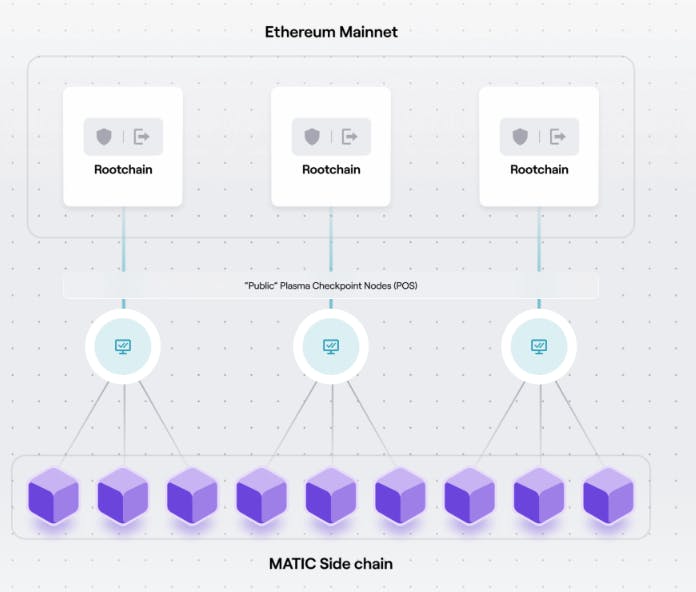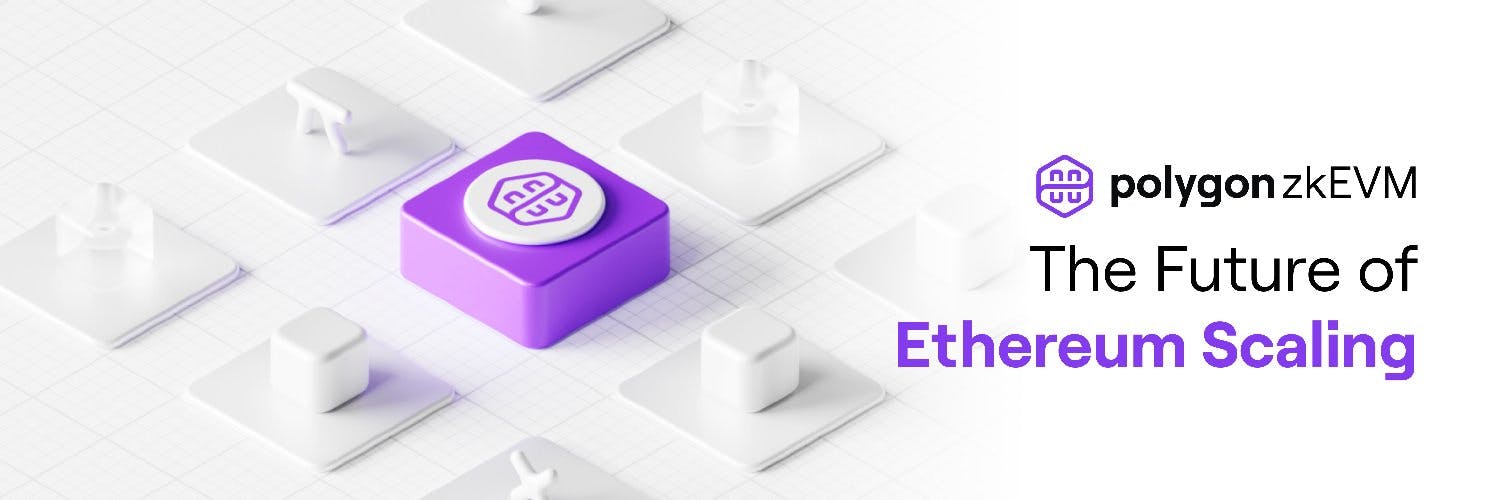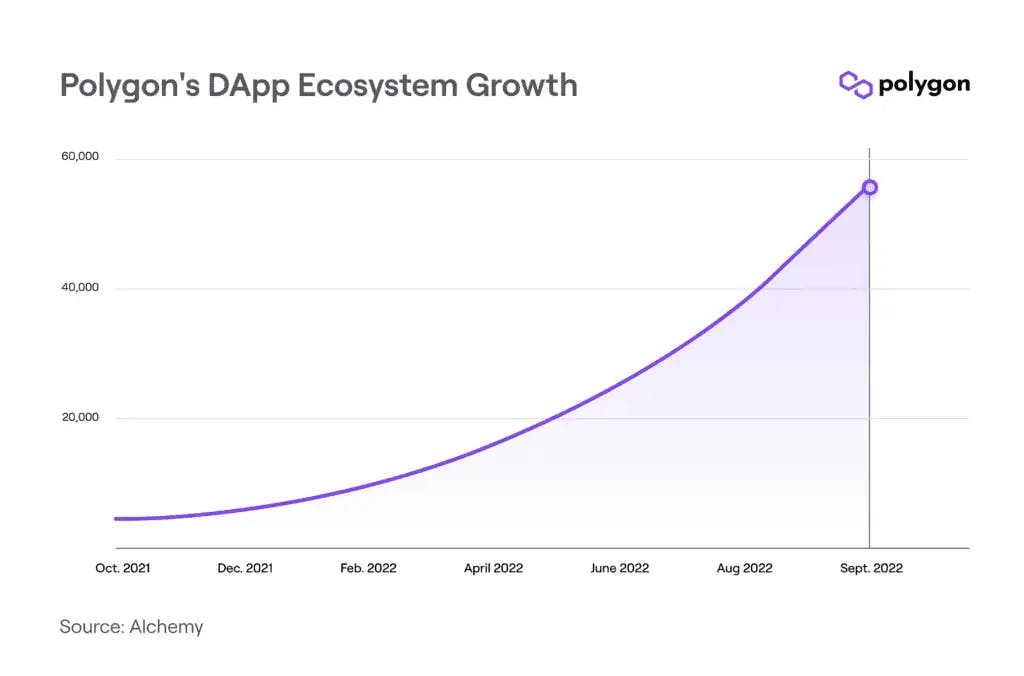Ethereum, the most well-liked sensible contract blockchain, will be gradual and costly to make use of. Whereas upgrades are on the way in which to hurry issues up, a number of different networks have requested: why wait?
One such community is Polygon, a “layer-2” community that helps scale the Ethereum blockchain. That signifies that it sits atop Ethereum however processes transactions sooner and cheaper, then feeds again transaction info to Ethereum.
Polygon has since superior to turn out to be a collection of scaling options, plus an unbiased community able to standing by itself two toes.
This community can course of as much as 65,000 transactions a second for beneath a penny every – against this, Ethereum processes simply 14 transactions per second, as of August 2022, and every can value properly over a greenback – and typically over $100!
And whereas Polygon stays targeted on Ethereum, it’s constructing a framework to seize the “multi-chain future” – the speculation that the longer term house of crypto can be unfold throughout many blockchains quite than a single market chief, like Ethereum.
This text explains what Polygon is, how its coin, MATIC, works, and which protocols assist it.
From MATIC to Polygon
Polygon was based in 2017 because the creation of a proficient group of Ethereum builders: Anurag Arjun, Jaynti Kanani and Sandeep Nailwal. They arrange an Indian know-how firm known as Polygon Expertise to construct the community. Their creation launched as a single layer 2 chain in June 2020 beneath the title of Matic Community.
After it turned clear that Ethereum couldn’t be serviced by a single layer 2 community, the crew started to develop its providing. In February 2021, the Matic Community rebranded Polygon to mirror the venture’s shift to give attention to constructing a collection of Ethereum scalability options.
Upon rebranding, the crew added Mihailo Bjelic as a fourth co-founder. The coin’s ticker, MATIC, nonetheless displays the venture’s authentic title. Now, issues are coordinated by a non-profit known as the Polygon Basis.
You may need heard of MATIC earlier than – it’s been within the (crypto) information due to its rising worth. It was value lower than a penny till the beginning of 2021, across the time of the rebrand.
Then it soared in worth, first to $2.45 in Might 2021 after which once more to $2.87 in December 2021. At its December peak, MATIC held a market cap of $20.41 billion – earlier than crashing to $3 billion by June 2022, together with the broader crypto market.
MATIC’s spurt to the highest, albeit short-lived, confirmed that there’s numerous demand for a high-speed, low-cost blockchain. In 2021, rising costs for different comparable blockchains, like Solana and Avalanche, confirmed that there’s competitors, too.
The Polygon community is now very properly funded, having sourced $451 million in investments as of August 2022. A single enterprise spherical in February 2022, led by Sequoia Capital India and joined by 39 different buyers, together with Variant Fund and Union Sq. Ventures, comprised $450 million of its whole funding.
How Polygon’s PoS chain works
Polygon achieves most of its scaling by way of a proof-of-stake sidechain – that is the know-how that went dwell within the authentic Matic Community.

Proof-of-stake chains are people who let those that have locked up essentially the most cash, quite than these with the beefiest computer systems, validate transactions. Sidechains are networks that feed knowledge again to a father or mother blockchain, on this case, Ethereum.
Polygon’s sidechain claims transaction speeds of as much as 65,000 transactions per second. How come it’s a lot sooner than Ethereum? It’s all because of one thing known as “More Viable Plasma”, a scaling answer that removes the necessity for affirmation signatures (thereby rushing up) on Plasma, a framework for a community of kid blockchains that feed knowledge again to Ethereum.
Every of those little one blockchains, which run parallel to Ethereum, is actually a duplicate of the Ethereum blockchain – however one which operates at a number of hundred occasions the velocity. Once in a while, Polygon’s validators report all of the exercise on these plasma chains and submit their knowledge to Ethereum.
Which means if Polygon’s little one chains ought to go awry, it’s doable to get your crypto again from the kid chain. Polygon prevents validators from manipulating these snapshots by requiring them to stake MATIC tokens – i.e. to lock them up on the Ethereum blockchain. If validators try to manipulate their snapshots, a few of these staked MATIC tokens are destroyed.
Polygon’s PoS community buildings this work into three layers. The primary is the Ethereum layer, on which MATIC is staked. The second is Heimdall and the third is Bor. Heimdall is answerable for coordinating the collection of (and updating) validators and taking snapshots of the kid chains. The Bor layer is answerable for shuffling transactions into blocks. The 7-10 validators that full the work on Bor are chosen at random from the 100 validators that function on Heimdall.
Polygon permits any web3 venture to launch a devoted model of Ethereum that depends on these quick and low-cost proof-of-stake little one chains. Their sensible contracts run within the Ethereum Digital Machine, digital situations of Ethereum that abide by its computational logic.
Polygon’s PoS chain permits for a level of flexibility in how web3 tasks function on the community. All Polygon chains can converse to different Polygon chains and likewise to Ethereum.
These chains can, nevertheless, be unbiased of Ethereum – although they in the end feed knowledge again to Ethereum, standalone chains can have their very own pool of validators. Alternatively, they’ll validate transactions by way of “secured” chains, whereby Ethereum validators, or a pool {of professional} validators, verify transactions.
Polygon’s different scaling options
Polygon’s proof of stake chain is simply one of many scaling options the community supplied. However what else is in its toolkit?
It’s clear that Polygon considers the longer term to be in zero-knowledge proof rollups. In August 2021, Polygon committed $1 billion to develop the know-how, which rollups up a number of transactions right into a single one, then feeds the transaction again to a extra highly effective chain, like Ethereum.

Polygon is betting on zero-knowledge proofs, which solely publish the date and time of a transaction, being the longer term quite than optimistic rollups, which “optimistically” assume that each one transactions are legitimate. Nonetheless, “optimistic rollups have the benefit of being prepared now,” wrote Brendan Farmer of Polygon within the January publish.
That’s why certainly one of Polygon’s options, a collaboration with Huge 4 skilled companies agency EY, Dusk, is a mixture of each optimistic and zero-knowledge rollups. It’s the one rollup that’s dwell up to now on Polygon– and even then, it is in beta. Additionally within the works is Polygon Zero, a real zero-knowledge rollup, and Miden, one other EVM-compatible rollup.
Polygon can be engaged on Polygon zkEVM, an open-source zk-rollup that gives the equivalence of the Ethereum Digital Machine, plus the safety of Ethereum, and Polygon Avail, a modular blockchain that collates transaction knowledge from different blockchains. However even Polygon Avail, which doesn’t depend on any of those fancy rollup applied sciences, stays in testnet.
The one different factor dwell as of August 2022 is Polygon Edge, “a modular and extensible framework for constructing personal or public Ethereum-compatible blockchain networks.”
What are you able to do with Polygon?
All this tech is properly and good, however what are you able to really do with Polygon? Fortunately, rather a lot. In keeping with DeFi Llama, Polygon has $2 billion in whole worth locked up on the community, as of August 2022.
About 22% of this, or $446 million, is in decentralized lending protocol Aave, which began to make use of Polygon in its V2 model to chop prices and sped issues up. When Aave launched the third iteration of its lending protocol, v3, it deployed the whole factor on scaling options, together with Polygon.

Uniswap, the biggest decentralized change on Ethereum, helps Polygon (alongside rival scaling options Optimism and Arbitrum), which means that merchants can depend on the community to course of low-cost transactions.
About $82 million is locked up within the Polygon model of Uniswap. Whereas sizeable, that’s small potatoes contemplating Uniswap’s whole TVL of $6.24 billion, of which $6 billion sits on Ethereum.
The biggest decentralized change on Polygon is Quickswap, which helps $359 million in TVL. However a number of massive names from Ethereum have additionally arrange store on Polygon, together with Curve, Sushi, Balancer and PoolTogether.
To make use of all of those, you’ll want to make use of MATIC, the platform’s fuel token. It’s the equal of utilizing ETH to pay for Ethereum’s transaction charges. As of August 2022, common fuel charges are about $0.003, or properly above Ethereum’s common fuel price of $0.8, as of this writing.
Whether or not Polygon stays an vital scaling answer depends upon the way forward for Ethereum. The community, nonetheless the biggest one which helps sensible contracts, massively modified in September 2022 after it merged to proof-of-stake – the identical know-how that powers Polygon’s chain. After, Ethereum will finally add plasma chains, much like how Polygon works.
Nonetheless, it’s nonetheless too early to find out whether or not Ethereum co-founder Vitalik Buterin was proper when he stated that scaling options will proceed to enhance Ethereum, quite than being forged by the wayside after Ethereum upgrades its protocol.









